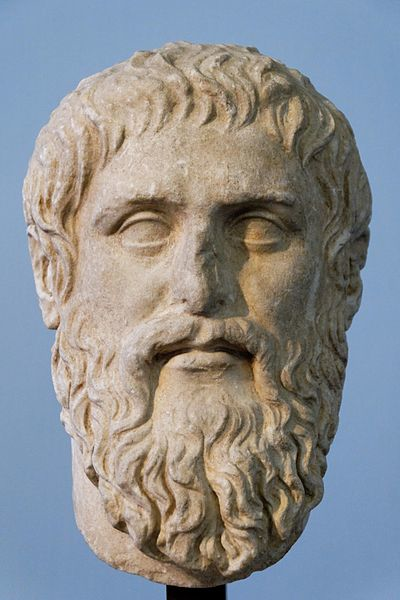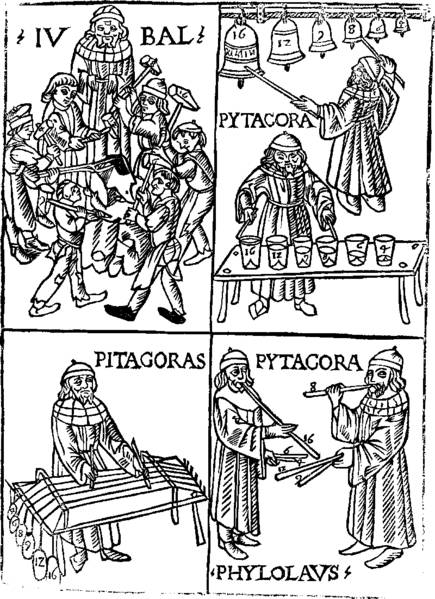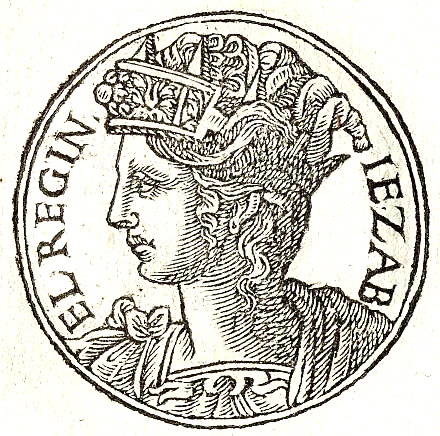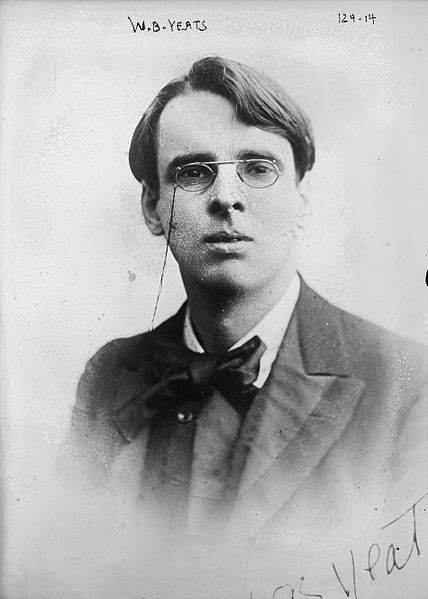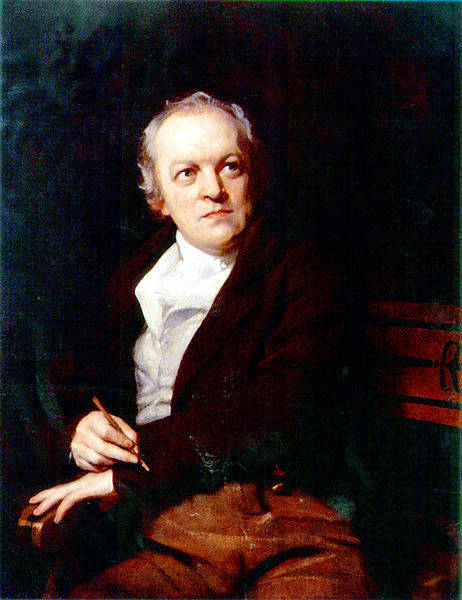The term “witch” pops up a lot around this time of year. It usually calls to mind images of wicked ladies in pointy hats, à la Margaret Hamilton in The Wizard of Oz. You might also think of the Salem with trials of 1692, in which 19 people were executed in what’s now viewed as an instance of mass hysteria. But really? The term has been around for a very long time, and has carried with it a variety of connotations and historical baggage. It has been applied to men about as equally as it has to women. But now, when you think of a witch? You think of a woman.
Back in the day, (and for some of these, we’re going way back) religion, science and magic often occupied the same nebulous space. Things that would later be explained via science were viewed as magical phenomena. Magic and religion, depending on the culture, were synonymous.
Being a religious leader, performing “magic” or “miracles” and studying the sciences didn’t have the delineation they have today. All were viewed in varying levels of value and veracity over the years. Based on this definition, many people across history could be classified, in the anthropological sense, as witches. If you believe in that sort of thing.
Now that the history lesson is out of the way, let’s take a look at some of the unexpected people who, because of their teachings and practices, can bear the label “witch.”
1. Plato
Plato is today best known as one of the founders of Western science and philosophy, but he was also a believer in mysticism. To him, magic and/or religion and science were not opposites. He embraced both the religious aspects of his world along with the foundations of early empirical science, and himself supported a “mystical approach to the soul and its place in the material world.”
2. A lot of saints.
Traditionally, saints are required, prior to being considered saints, to perform three miracles. That is, to work magic, or what was thought of as magic in their time. Saints like Joan of Arc, Clare of Assisi and Hildegard von Bingen (pictured) claimed or were claimed to have visions of events far off in both time and space, while Teresa of Avila promoted a method of meditation that supposedly allowed adherents to experience other dimensions of existence, which sounds a bit like astral projection. There are plenty of other tales of bizarre saintly activity, much of it that would be pretty terrifying by today’s standards.
3. Jesus of Nazareth
Jesus is pretty well-known for performing miracles like turning water into wine and creating an endless buffet, as well as walking on water and healing people via touch. There’s also a tale where he brought someone back from the dead. While the rest of his magic was well and good with his contemporaries, evidenced by the celebratory language of the Bible, but his foray into necromancy even had them referencing witchcraft. Necromancy was also the Witch of Endor’s bag, and that figure has caused controversy over the place of magic in the Bible.
4. Pythagoras
Now known mainly for his theorem, Pythagoras was actually the leader of a mystical cult in the ancient Greek world. The cult held that numbers held divine properties that could provide humans with knowledge of magical realms. The cult was fairly well-established, and had a temple located in southern Italy, as well as a set of complex rituals.
5. Jezebel
While her name today evokes the less-than-savory, Jezebel has the distinction of being one of the few people in the Old Testament with an actual historical record. She was a queen and ruler in northern Israel, in addition to being a priestess. As such, she would have been the leader of both the political and religious facets of her country. She was married to King Ahab, but, as evidenced by the fact that she bore her own royal seal, she would have had the power to make her own political decisions. It’s possible, though, that her success as a pagan and female leader annoyed some people, and the result is that her name has come to be associated with promiscuity and prostitution.
6. Christina of Sweden
Royalty often comes along with allegations of witchcraft, due to the power these people exert as well as the close alliance of religion and governmental power in the past. On top of that, royalty were the ones who had the time and resources to study sciences and philosophy, and so their esoteric pursuits would get them the side-eye as well. Christina of Sweden was an example of this. She became a controversial figure when she expressed her love for studying alchemy and comparative religions, as well as for appearing as the goddess Diana in a ballet. She wanted to advance humanity and was a pretty good ruler, but because she was operating outside of acceptable queen behavior, she got bad press. So much so, that she abdicated the throne to pursue her studies in private.
7. King Solomon
King Solomon’s historical record is minimal, but it appears he supported a number of religions during his reign, building temples not only to Yahweh but to other deities of local religions as well. In addition, he’s the subject of many legends involving angels, demons and magic. The most well known is the “Seal of Solomon,” a ring which supposedly gave him the power to summon demons, which would be the inspiration for the medieval study of working with demons.
8. Rudolf II
This Holy Roman Emperor was not known for his rulership prowess. In fact, his ineptitude is largely blamed by historians for leading to the Thirty Years’ War. He wasn’t necessarily a bad person, but perhaps not suited to ruling an empire. Rudolf’s passions were in the arts and sciences, and he was a great sponsor of the arts. He also had a consuming interest in the occult. Of course, astrology and alchemy were considered mainstream sciences in his day, and his studies actually contributed to the development of the scientific method in Europe.
9. William Butler Yeats
Besides being a noted poet, Yeats was also a self-described student of magic. Of his writing, he once said, “If I had not made magic my constant study I could not have written a single word.” He drew on ancient Irish mythologies for his inspiration, and was also a member of a paranormal research club called, aptly, the Ghost Club. Another member of that club? Sir Arthur Conan Doyle.
10. William Blake
Now known as a central figure of the Romantic Age, poet, painter and printmaker William Blake was considered to be on a crazy side by his contemporaries. He was religious, but disliked the institution of the Church of England and decided to strike out on his own in the mythological sense. He ended up creating a proto-religion of his own, and actively sought to develop this system, away from what he saw as the unnatural and repressive laws of the church. He was also ma proponent of racial and sexual equality.
Basically, if you adhere to the rules by which someone can be labeled a “witch,” you’re probably going to find yourself including a lot of famous people on that list, and possibly even yourself.
Have you ever talked to your pet? You may have been considered witchy for that not very long ago. We’re not professing that any of the people on the list were actually in possession of any magical abilities, but when you look at the way people approach knowledge, spirituality, it seems that we do like giving the literal, figurative and historical side-eyes to people who maybe went about things in a slightly different way.
